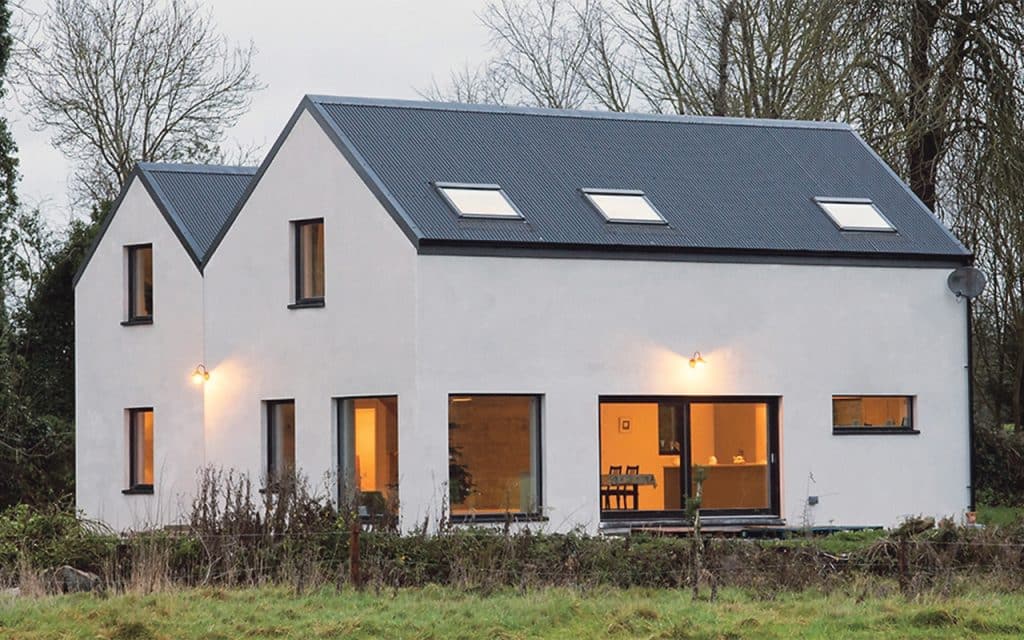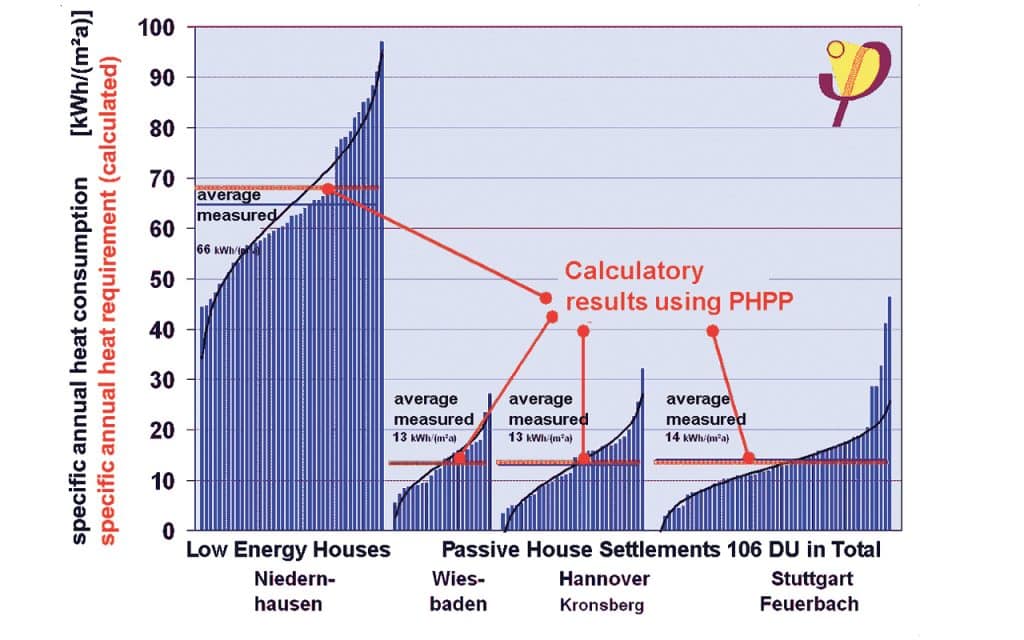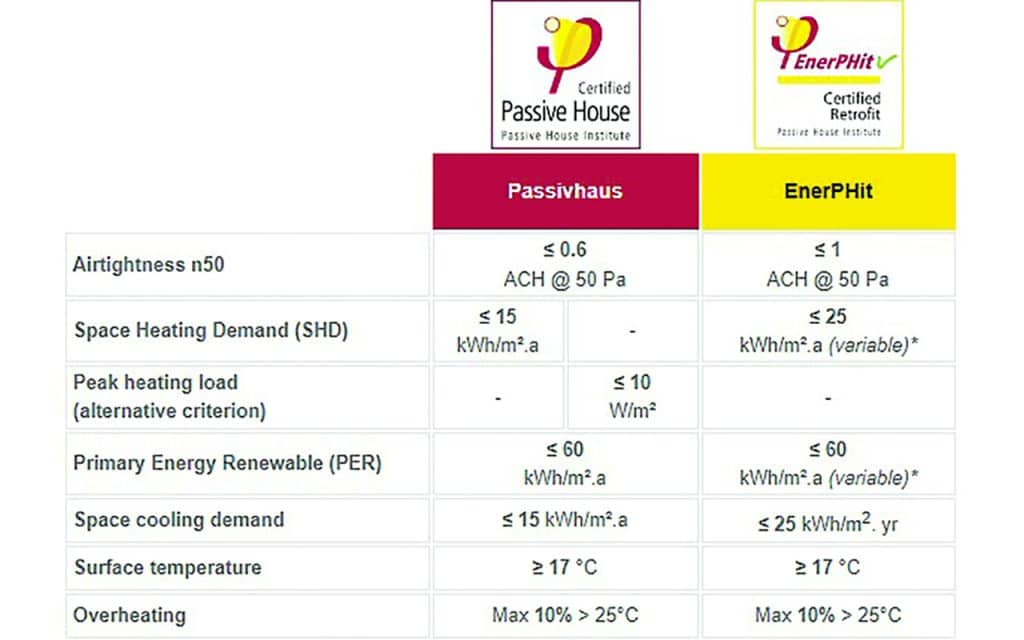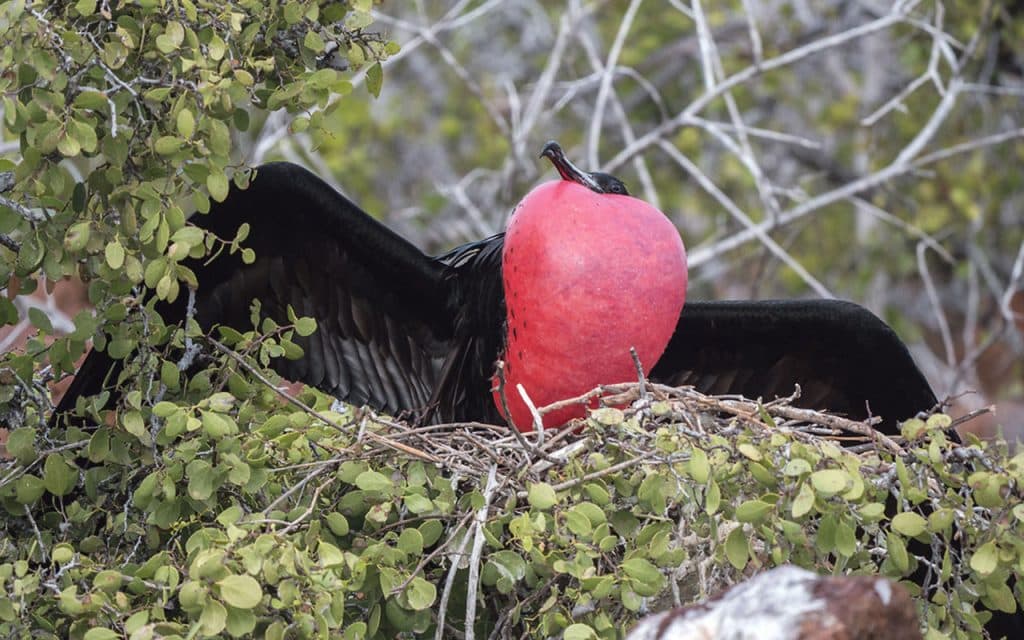In the second part of his article on the efficiency of design, Ruairi Kay focuses in on the gold standard for low energy building, Passivhaus.

Passivhaus, or Passive House in English is a standard for low energy building that originated in Germany but is now recognised worldwide. The standard rewards efficient design, (which we discussed last month) and focuses on a ‘fabric first’ approach to building design with high levels of insulation and airtightness, mechanical ventilation with heat recovery and thermal bridge free construction. The result is a building that needs minimal heating, has very low fuel bills, carbon dioxide emissions and high levels of comfort. So why is Passivhaus better than other low energy standards?

First of all, it has been proven to deliver. The graph above shows predicted versus actual energy use for a traditional German low energy housing development compared to three Passivhaus schemes.
The red line is the predicted space heating consumption for the houses and the blue bars show the measured space heating consumption for each house. Some houses are higher than the predicted use but when they are averaged out across all dwellings, the result is pretty much right on the predicted line. The Passivhaus schemes also have a much lower consumption than the Low Energy Houses, (predicted and measured). This is a study from Germany in the early days of Passivhaus but this has been replicated in the UK and Ireland with similar results.
The standard has been popular in Ireland for a while now. Architect Tomás O’Leary of MosArt built the first certified Passivhaus in Ireland and it has been his family home since 2005. Many more have been built since, including housing estates, schools, apartments and commercial buildings.
Passivhaus projects are also designed and built to be extremely efficient. In order to meet the Passivhaus standard, there are a number of key criteria that need to be met, with a slight relaxation in these criteria for the EnerPHit retrofit Passivhaus standard, as illustrated in the chart pictured here.

In Ireland, meeting these values will require efficient design of the building form, high levels of insulation beyond current building regulations, triple glazed windows, very good airtightness, thermal bridge free construction and mechanical ventilation with heat recovery. The result will be a building with very low heating demand but this will still need to be from an efficient source, like a heat pump. Passivhaus Plus and Premium version of the standard were created recently and consider renewables like solar panels. However, these cannot be used to offset inefficient design or lower levels of insulation.
All of the criteria need to be verified at design stage using the Passivhaus Planning Package, (PHPP) and there is a rigorous certification process to ensure quality control of the finished building. Certification is completed by various organisation accredited by the Passivhaus Institute in Germany, such as MozArt in Ireland and a number of others in the UK. There are also Passivhaus accreditations for products, building designers and tradespeople.
How does the Passivhaus standard compare to the Irish BER ratings?
A Passivhaus will generally receive an A band BER rating but an A rated house won’t necessarily meet the Passivhaus criteria. A BER rating is based on the homes primary energy use per meter square of the/per floor area per year. This number, called the ‘energy value’, will dictate where your home sits on the BER scale from G-A. How efficient the house design is and how well it is insulated will affect the BER, but things like the choice of fuel, heating system efficiency and weather any renewables like solar panels are included is also considered. This is not a bad metric for BER purposes but it does present a few anomalies. You could, for example, have a poorly insulated house with an old oil boiler and get it to an A rating by adding a huge amount of solar panels.
One of the key criteria of the Passivhaus standard is a space heating demand below 15 kilowatt per hour per metre squared of floor area per year. This metric is a true representation of how well insulated the house is and it is not affected by the type of heating system you fit or whether renewables are included. Of course having an efficient heating system and renewables is a big part of reducing our carbon footprint, but we should get the design and insulation right first.
The other key difference between the two, is how they are assessed. BER ratings are created using the Dwelling Energy Assessment Procedure (DEAP) which is quite different to PHPP used for Passivhaus. They both use a steady state heat loss model at their core but a lot more detail goes into PHPP. For example, in DEAP a window composed of a fixed pane and an opening casement is treated as one window in DEAP with a single u-value (measure of heat loss) for the whole window combination. In PHPP this would be treated as two windows, as the fixed and casement section have slightly different properties. The u-value will be entered for the glazing, the frame and corrections applied for thermal bridging around the perimeter of the glass and for how the window is installed in the wall. All of this is combined with the window size and frame dimensions to calculate the window u-value. There is a lot more detail considered in the PHPP model, which is partly why it is so successful and delivers the results it promises.
If you would like to get in touch about anything in this article or your own retrofit project, feel free to reach out; ruairi@retrofurb.ie.



